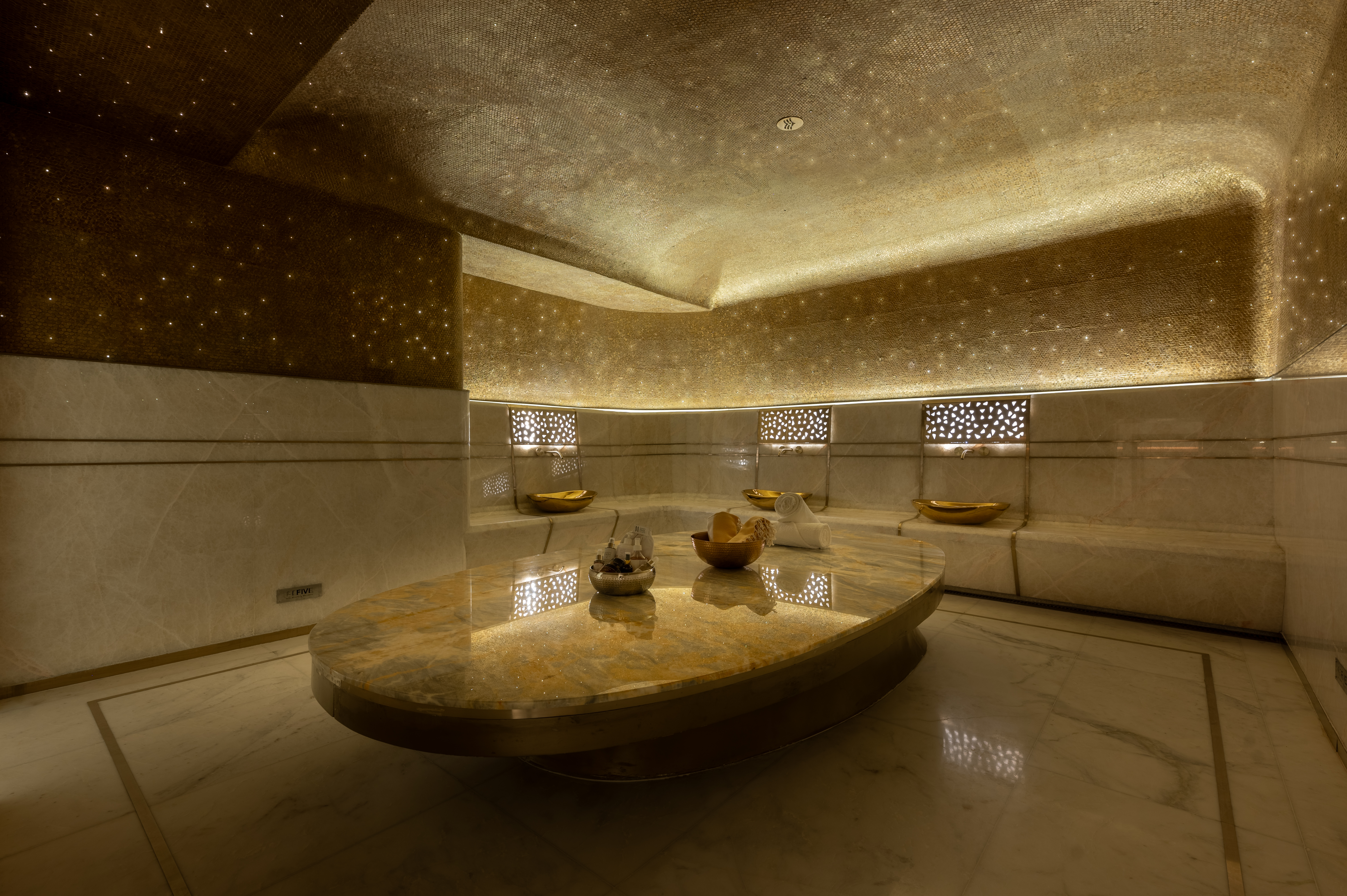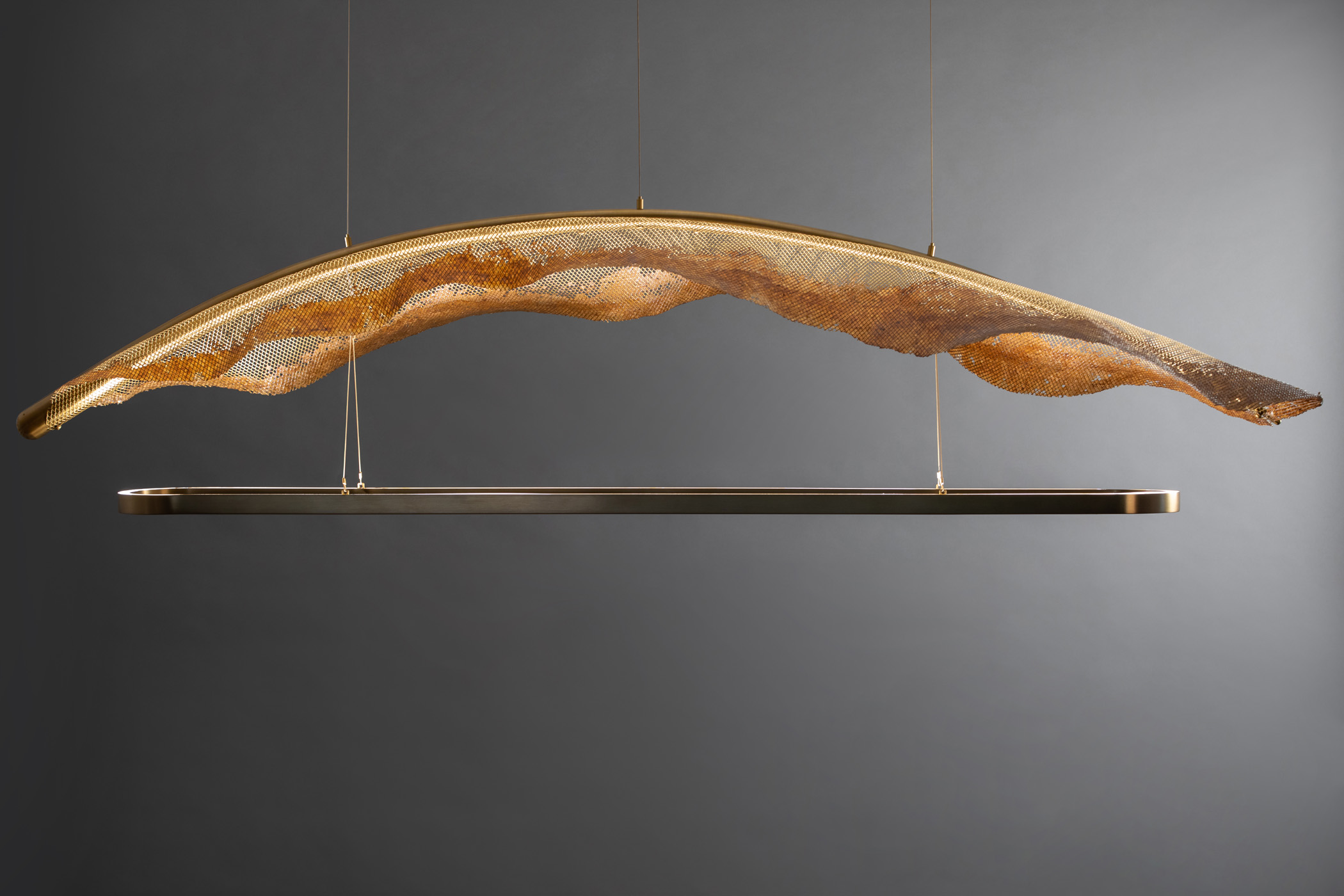Timeless Healing: Understanding the Ancient Art of Hilot

We live in a world of dramatic distraction, with a need for instant gratification and constant activity. It’s no wonder that we feel burnout of sorts, mentally, physically, and emotionally. Some get so wound up in a whirlwind of emotions, anxiety, or just the everyday humdrum that it becomes necessary to step back and unplug.
Our ancestors did not live such action-packed lives, but did they foreshadow our requirements of today? In our busy existence today, we yearn and seek solace and relaxation in ancient healing modalities that can provide a much-needed respite. Yoga, meditation, Traditional Chinese Medicine (TCM), Ayurveda, Sound Healing offer timeless healing to our weary spirits. And one among these ancient methods is the Filipino art of “Hilot”.
At the heart of Filipino well-being is the concept of ‘Ginhawa’, which reflects balance and harmony with one’s mind, body, and spirit. Ginhawa, for Filipinos, goes far beyond modern notions of wellness. It is a holistic concept that integrates the physical, emotional, spiritual, social, and environmental facets of an individual and their community. Hilot is a highly intuitive touch therapy that removes energy imbalance to achieve a renewed state of wellness.
Hilot therapy begins as the ‘manghihilot’ (practitioner of hilot) douses a material like a banana leaf in coconut oil and whispers prayers into it. The recipient is given a deep-tissue massage in upward, circular, or downward strokes. The material is lightly placed across different areas of the body to see where it sticks, thereby determining the site of the ailment, be it a pulled muscle, sprain, or congestion.
Lem Senillo, spa manager of the holistic health resort The Farm at San Benito, who comes from a family of manghihilot that run generations long, shares that they make use of all their senses to properly read a person’s current state of health. “They do what we call body scanning and it’s part of the diagnostic. You have to feel their body temperature and talk to them, listen to their voice and tonality,” says Senillo. “Sometimes you have to smell the acidity of the patient’s body.”

When a person seeks a manghihilot, the healer’s energy must be rid of impurities. Senillio mentions that the patient is at their most vulnerable state when under the guidance of a manghihilot’s touch. “You need to be in complete silence. You’re surrendering and giving up. This means you are welcoming any available energy around the space. You don’t want to contaminate the transfer of energy by having distractions around,” he elaborates. The manghihilot’s energy, therefore, is crucial to the recovery of a person’s well-being, and it is their job to bring back a balance to the four natural elements in a person’s body. The importance of the four natural elements—fire, water, earth, and air—predates the modern-day manghihilot, as traditional folk healers approached the human person as if it were a universe of its own.
Corresponding to the elements are mythical environmental spirits, locally referred to as ‘engkanto’. In his book The Science of Ancient Filipino Healing Art, Bibiano Fajardo explains how illnesses are caused by an imbalance of the elements in the body; too much or too little of any of the elements thus becomes the root cause of illness.
In remote barrios, traditional Filipino folk healers now practice under various names and specialties, such as albularyo, manghihilot, mangluluop, mangtatawas, and faith healer.
Commercially, in the world of spas and wellness centres, there is often a misconception that hilot is a spa massage, and is sometimes billed across spa menus offering a Shiatsu, a Thai, or a Swedish massage. Fajardo debunked this in an interview by saying, “This isn’t a massage. These are different ways to bring back the health of a person. When our ancestors say ‘health’ this doesn’t just mean physiological health, but the total well-being of the person. This includes our mental and emotional well-being.”
Traditional practices of healing are still largely in demand in Filipino society, as it offers accessible yet alternative modes of wellness to the busy individual. Many manghihilot in rural areas consider folk healing to be their main livelihood. While they typically don’t charge their patients, they accept donations or barters as an energy exchange. Women healers of indigenous communities also see their practice as basic and essential to sustaining harmony in their society, rather than a means to attain wealth.

For the patrons and practitioners of Filipino folk healing, a community member’s health is indicative of the well-being of the community at large. Conversely, disharmony with their environment and social disarray leads to eventual illness and death in the community.
Senillio believes that the tradition of humility in this service must be carried on to the future generations, “You have to channel your gratitude because you have this opportunity to render healing to someone in need.” He remembers his grandmother, herself a traditional manghihilot who never asked for payment, but only wanted to spread nurturing and loving intentions into this busy world. “I learned from her, that Hilot is one of the sincerest forms of healing.”










